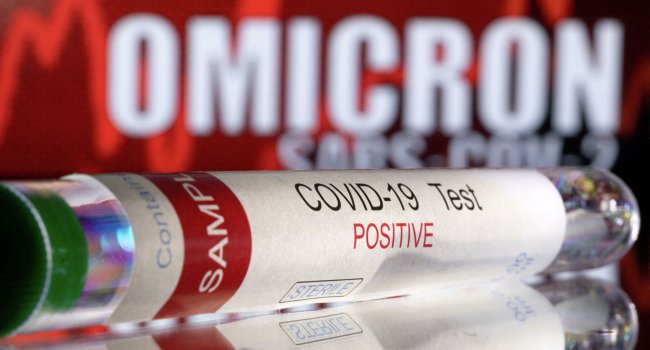A person with omicron is most infectious during the first 3 days, because that is when the viral load peaks. However, some patients can also be infectious for 10 days.
“The virus is not a living substance, it is a pure recorded genetic code that, shall we say, ‘wallows’ in the external environment in a protective shell. It needs a host to reproduce. It is embedded inside its healthy cells. And using the building material of our body, i.e. proteins, enzyme systems and other building blocks, it multiplies,” doctor Evgeny Timakov told Gazeta.ru.
According to him, when omicron enters the body, it begins to multiply actively, as the body does not yet have protection against it (according to many reports, antibodies remaining after COVID-19 or even after vaccination do not protect against omicron). After about 3 days, the immune system activates specific protective functions, forms antibodies and starts to fight the virus, which leads to a reduction of the viral load.
“It is during the period of peak viral load that a person becomes the most infectious. The higher the viral load, the more virus is released into the external environment. These are correlated indicators. At the same time, different viruses behave differently. For example, the previous strain of coronavirus, “delta,” multiplied in the body within a week. And the “omicron” strain, according to a scientific article by American scientists, peaks in the first three days”, said the specialist.
A study by experts from the Yale School and the Mirimus laboratory also showed that the peak viral load on the body occurs during the first 3 days of illness. After 3 days, the viral load in most patients began to drop, and the virus disappeared from the body in an average of 7-9 days.
True, some people may pose a danger to others up to 10 days after infection with the new strain of coronavirus. However, on the 12th day, none of the patients had a positive test anymore.


